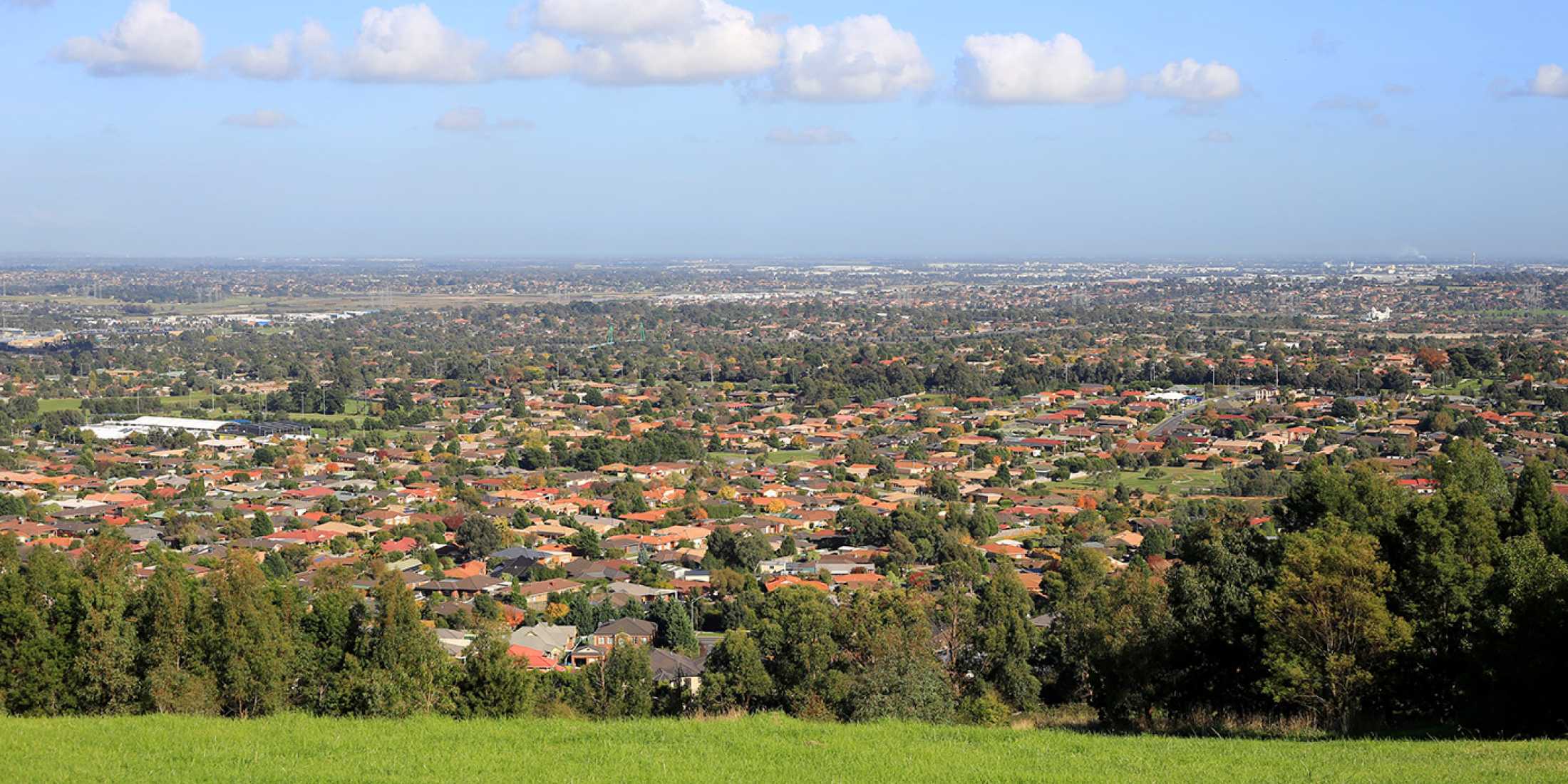5 things your builder should do for you
Categories
Building Expertise, Tips and Idea

New Victorian Residential Zones
Changes to Victorian residential zones came into effect on 1 July 2014.
The desired effect of the new zones is to restore clarity and certainty of the planning system by introducing a system that clearly defines areas of substantial change once and for all, as well as defining areas where the built form of our suburbs will be preserved.
What are the new zones?
With the change, the former Residential 1, Residential 2 and Residential 3 zones have been replaced with three new zones:
- Residential Growth Zone (RGZ)
- General Residential Zone (GRZ)
- Neighbourhood Residential Zone (NRZ)
What do the new zones mean?
The Residential Growth Zone enables new housing at increased densities in buildings up to and including four storey buildings, and allows small scale complementary commercial uses. Maximum building height for housing is 13.5 metres, however council can set a higher or lower height.
The General Residential Zone enables development that acknowledges and maintains the neighbourhood character guidelines. Single dwellings and some medium density housing with a maximum building height of 9 metres, however council can set a higher or lower height.
The Neighbourhood Residential Zone recognises areas of predominately single and double storey residential development, with limited opportunities for high density residential development, i.e. dual occupancy. Maximum building height is 8 metres, although this can be adjusted with approval from the Minister for Planning.
The existing rescode requirements still apply to these new residential zones.
Local councils had until 1 July 2014 to introduce the new residential zones into their local planning schemes. Where councils had not finalised an amendment to implement the new residential zones by this date, the General Residential Zone was implemented to replace all land zoned Residential 1, 2 and 3.
Do these changes affect you?
Various planning scheme amendments are being proposed by councils to apply the new residential zones. Contact your local council to find out what the new zones mean for your property.
